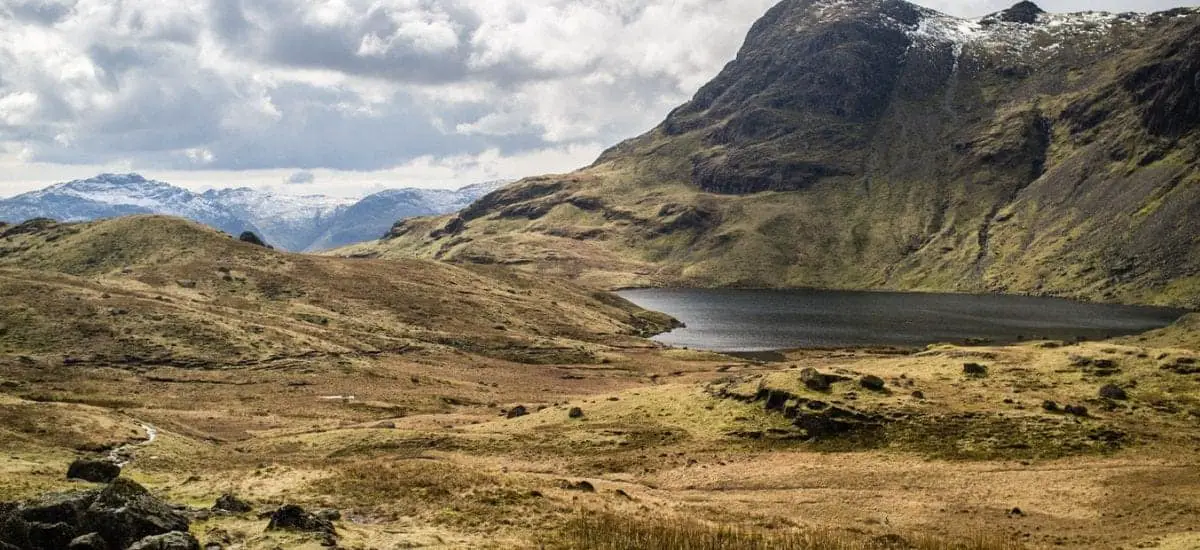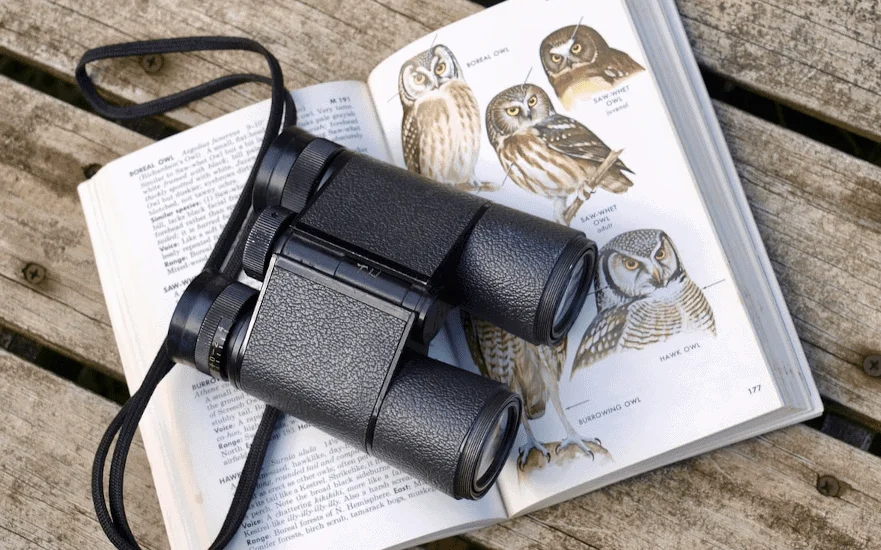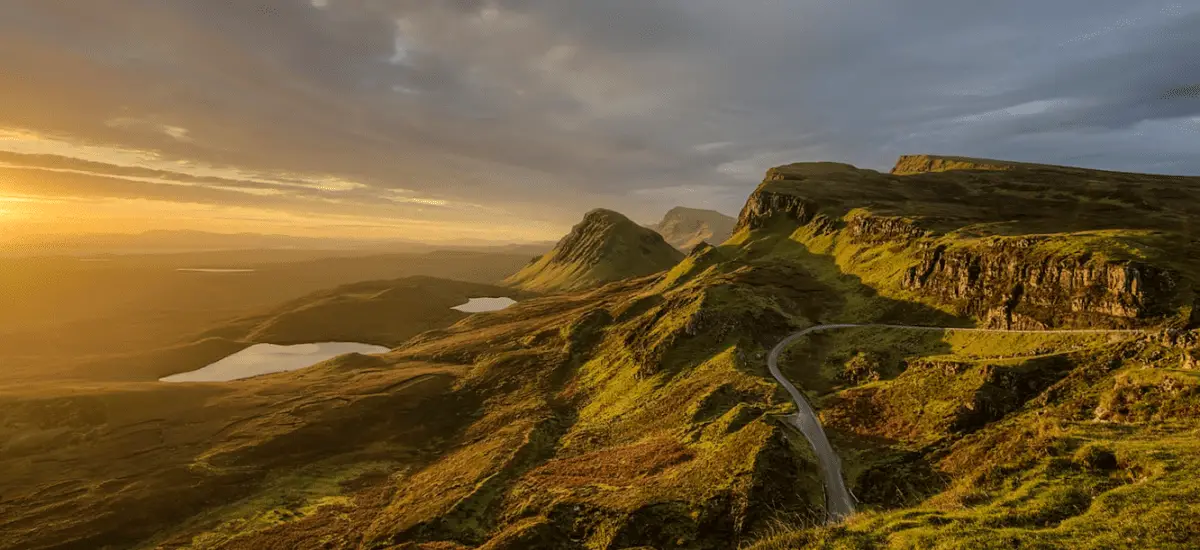
Bird watching is a fantastic day out for the whole family. Observing the beauty of nature while getting some exercise is great combination. The UK is brimming with avian life but it can be difficult to find numerous species of birds living in the same place. However, by following these tips and information you will have no problem finding some of the best bird watching locations throughout England.
What is the best bird watching location in England?
1. Farne Islands
Farne Islands is one of the most popular holiday destinations if you love beaches and looking for a great time with your family. However, it is also an exceptional location for bird watching. Sir David Attenborough declared himself that Farne Islands was his favourite nature location in the UK!
Over 150,000 seabirds will pack into the island during summertime, making it impossible to miss them. Some of the species that can be seen here are the black-headed gulls, guillemots and kittiwake. There are not only birds to be seen here. The largest colony of Atlantic Seals breed here with as many as a thousand pups are born every autumn.
When following the trails around the island we would recommend that you stay near the roads and not venture too much, as the islands have many hazards and can be rather tricky to explore to inexperienced hikers.
The best time to visit would be between April and July as this is when the seabird population is at its greatest. Take a boat ride to many interesting attractions close by, Longstone Island being a favourite of many.
2. Norfolk
Norfolk is arguably the best county in the UK for bird watching. Whenever you visit, there is always something to see and do. In the winter the coast comes alive as migratory birds will flock in their thousands. The chorus of songbirds fill the woodlands in spring while the majestic peregrine falcons will nest across the county in the summer.
Some of Norfolks most famous birds are the marsh harrier, bittern and stone curlews. Norfolk is not only great for bird watchers, but it also has many entertaining activities which will satisfy the whole family.
It would be an injustice to many Norfolk bird watching sites to list only one location in this list and is the reason why I have listed the county itself here instead of individual reserves. Having said this, however, here are some of my favourite reserves within Norfolk.
NWT Cley Marshes– The oldest wildlife trust in the country and arguably the most decorated. Its diverse habitat is home to a large variety of inhabitants, making it an unmissable attraction. From saline lagoons to grazing marshes, this is a very memorable location.
NWT Hickling Broad National Nature Reserve – The largest and most expansive reserve in Norfolk, this location offers open fields and wide skies. Bearded tits and booming bitterns are only some of the species of birds that call this reserve home. Take a hike at any time of the year or maybe a summers boat trip, this is a great location that I highly recommend.
RSPB Snettisham Nature Reserve – This reserve is famous for a natural phenomenon that occurs here every year. 50,000 wading birds will leave the expansive mudflats of The Wash at the same time and touch down in Snettingham. Described by many as one of the best bird watching experiences in the Uk! Best time to visit is between August to January.
3. RSPB Rainham Marshes, Essex
Part of the Thames Estuary, this location has numerous species of birds as well as other wildlife. A diverse and rich-ecosystem has developed over this 411 hectares of the ancient and medieval landscape. Some of the best bird to spot here are the Lapwing – known for a spectacular and acrobatic flying display. The little egret and Cetti’s warbler can also be seen around the trails all year round.
In the spring, Rainham Marshes is filled with wading birds and a wide variety of invertebrates. Kingfishers, swifts, wheatears and redshanks are some of the birds that visit. Flowers will be blooming during this time and bird will be looking to mate.
The summer brings dragonflies that skim across the pools and flowers. Owls, bats and hawks can be seen roaming the sky. Autumn brings a change in colour and in clientele. The reserves turn a beautiful golden colour as lapwings and golden plovers fill the sky.
In winter the majestic peregrine falcon can be seen diving at an incredible speeds to catch wading birds and ducks below. Whenever you visit, Rainham Marshes has some incredible avian spectacles.
4. RSPB Minsmere, Suffolk
The RSPB Minsmere in Suffolk is a great reserve that has four different types of habitat. A combination of reedbeds, lowland wet grassland, shingle vegetation and lowland heath makes for a diverse eco-system that wildlife thrives in. One of the main bird watching attractions here is the Avocet and the Bittern.
In the spring, the wading birds are migrating North. Marsh harriers skim above the reedbeds and make for impressive viewing. In the summer the heath flowers turn into a stunning purple colour. Listen to nightjars churr at dusk or the avocets, redshanks and ruffs that depart the reserve in late June to the Artic.
Autumn brings a crimson shade to the reserve as well as the migratory birds that fly above. Look out for the red deer rut during October as it is one of the main attractions of the year.
Winter can be cold and tough here, however, the diverse eco-system at Minsmere doesn’t fade. Otters can be seen in the scattered pools as well as large flocks of ducks, owls and peregrine falcons.
5. Brownsea Island, Dorset
Thousands of birds flocks to the largest island in Poole Harbour, off the coast of Dorset. This pasture of land was reclaimed in the 1850s and later in 1930, the island was purposely flooded to create a habitat that would attract birds in their thousands.
Two stunning man-made lakes are on the island and are encompassed by sallow and alder trees. These offer tasty seeds for winter birds such as siskin and redpoll. In the winter you can also spot numerous migratory waders that stop by for a pit-stop. The lakes and lagoon are filled with tasty food and are a reason why 15% of the UK’s Avocet population stop by this island over winter.
In the summer Sandwich Terns will build nests while Cormorant and waterfowl also roost across the island. They tend to nest on the specially created gravel islands, which offers safer roosting for the young, out of the way of the high tides of Poole Harbour.
6. Shapwick Heath, Somerset
Spread across 500 hectares of varied and diverse habitat this nature reserve is arguably the finest location in Somerset to go bird watching. Lush wildflower meadows to water filled-rhynes, Shapwick Heath is home to over 60 species of birds.
Interestingly the heath is formed from the 1960 peat industry. Excess peat has allowed this reserve to transform into the rich eco-system we see over 50 years on.
Some of the bird species that can be spotted here include the Great-crested Grebes and Cetti Wabler. In addition, the reserve is brimming with butterflies and dragonflies. The Sweet Track is an interesting addition to Shapwick heath. It is a replica of a wooden trackway that Neolithic people over 6000 years ago would use to cross the reed swamp. Following in the footsteps of ancestors and spotting some birds at Shapwick Heath is a great day out!

More Articles.

Best Bird Watching Locations in Wales 2020
The best bird watching locations in Wales are located across all four corners. Skomer island

Best Binoculars for Bird Watching 2020
Article Summary: Best Budget Binoculars: Nikon 8250 Aculon 16×50 Best Mid-tier Binoculars: Nikon Monarch 5

Best Bird Watching Locations in Scotland 2020
Scotland is widely regarded as an excellent destination for bird watching. The rich variety in

About Us
We are avid bird-watchers who recently retired, allowing us more time to travel the world. Fortunately, we have managed to visit numerous countries around Europe, Asia, and America. Watching and photographing birds has been a passion for many years and we are making the most of the extra time on our hands!
